The history of farm tyres – How farm tyres have changed
Article written by Bush Tyres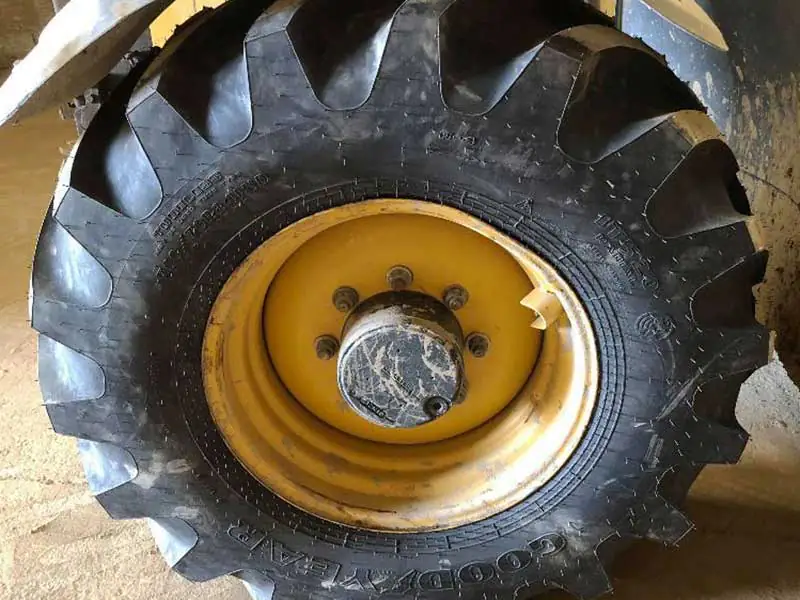
These days, farm tyres are high-tech parts for the modern agricultural vehicle or tractor but as the industry has evolved, so have the tyres.
The first tractors were actually traction engines on wheels that could be moved around to power farm machinery. These sat on big metal wheels that were more than enough to get them to and from where they needed to go.
The first self-propelled traction engine came about in 1859 thanks to British engineer Thomas Aveling who modified a Clayton & Shuttleworth horse-drawn engine into a self-propelled one.
It was in 1892 that American John Froelich invented and built the first petrol-powered tractor, which wasn’t unlike what we use today. This has steel wheels with metal lugs on it, which gave good traction in loose soil.
The biggest changes to farm tyres came in the early-to-mid 1900s as farmers began to see how well rubber worked on road cars. A rubber tyre was able to absorb any road shocks and led to a more comfortable ride for the drivers and passengers.
This didn’t translate into agricultural tyres for a while but farmers were getting annoyed with how easily their steel wheels could destroy paved roads and delicate tree roots.
The first rubber tractor tyres were created when B. F. Goodrich Co. launched a rubber tyre and steel rim assembly for tractors in 1931. Seeing the subsequent demand, other companies followed and demonstrated that rubber tyres had just as much traction as their steel counterparts.
By 1933, tractor companies began offering models with rubber tires already mounted on rims and by the time 1940 rolled around, 95% of new tractors feature rubber tyres.
The future was much more comfortable with less of an impact on surrounding roads. But agricultural tyres didn’t stop evolving here.
Tyre manufacturers had already been developing ways of strengthening rubber tyres for use in road cars and this was soon carried over into the agricultural industry.
These days, agricultural tyres come in many different forms based on the type of work the vehicle will be doing. There are tyres to reduce soil compaction, Kevlar reinforced tyres for strength and so many more.
Know your agricultural tyres
Bush Tyres has 6,500 different kinds of farm tyres in stock at any one time. These are all stored in 18 depots throughout the East of England, which supplies the local industry with agriculture tyres. With so many different varieties available, it’s important to know the what’s most suitable for your vehicle.
Radial tyres
These were created in 1946 by Michelin. This was still during the early days of farm tyres but there was a need for a design that could absorb shocks generated by road surfaces.
The flexibility of the sidewall enhances vehicle stability and provides maximum contact of the tyre with the road surface. Because the tyres are strong and can absorb shocks in the road, the driver can work longer and more comfortably while carrying heavier loads.
Cross-ply tyres
These aren’t used as readily as radial tyres nowadays but you’ll certainly find them from budget manufacturers. These have a much more rigid sidewall, which can make the ride quite uncomfortable. However, they are very practical in any applications where you want to reduce tyre bounce.
Low ground pressure tyres
These are typically radial in their make-up but there are cheaper cross-ply versions available. This technology was so important to the developing agricultural industry as farm machinery got bigger and heavier. Low ground pressure tyres reduce the amount of soil compaction caused by a machine’s wheels.
Row crop tyres
These are narrow tyres designed to fit crop rows without damaging plants. Thy can’t carry quite as heavy loads as wider tyres but they provide a long, thin footprint designed to reduce soil compaction.
If you’re not sure what tyres are best for your agricultural machinery and the work you’re doing, Bush Tyres has dedicated experts on hand to advise you. Click here for further information.

At this years LAMMA to be held at the Birmingham NEC, Ascenso Tyres UK will be launching a new a brand new App especially designed to provide in depth knowledge on tyre pressures, load ratings and best uses for their Ascenso Tyres

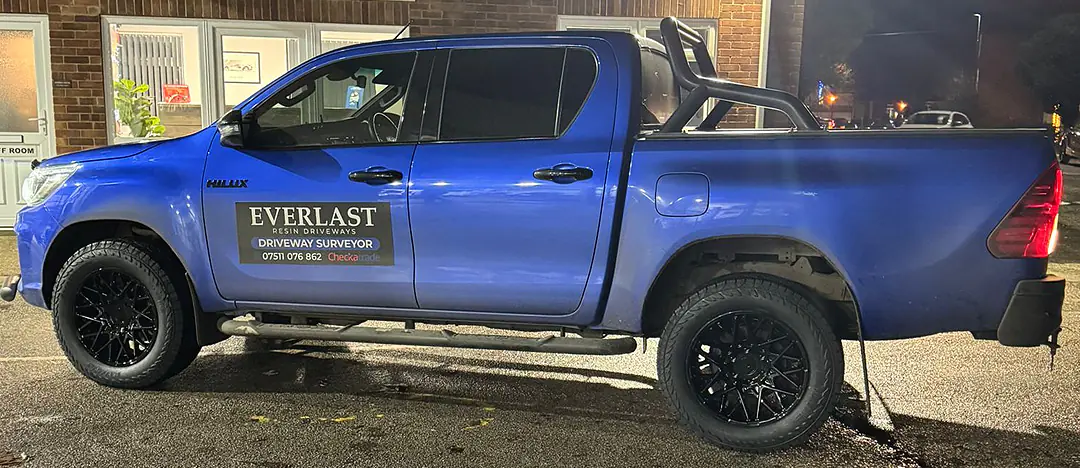



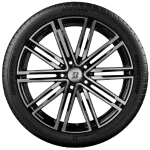 Tyres
Tyres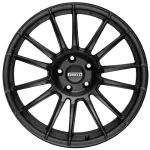 Services
Services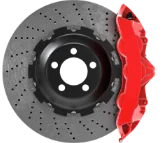 Fast Fit
Fast Fit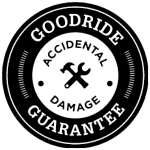 Offers
Offers